Two sides of women’s rights
This week, The ASEAN Post reported on Malaysia’s increased efforts to add women to boardrooms in 2018. The 30% Club Malaysia, a movement of Chairs and CEOs who advocate gender parity at all levels of their organisations is intensifying its efforts to help Malaysia achieve 30 percent women representation on public-listed corporate boards by 2020.
In a potential blow to women’s rights in Indonesia, the country is set to lose its first and only female constitutional justice, whose term is up next year.
Maria Farida Indrati will end her second and final term in about eight months, leaving the nine-member board of justices entirely male on one of the two highest courts in the country – where cases on discrimination, domestic violence, early-age marriage and female political participation continually arise.
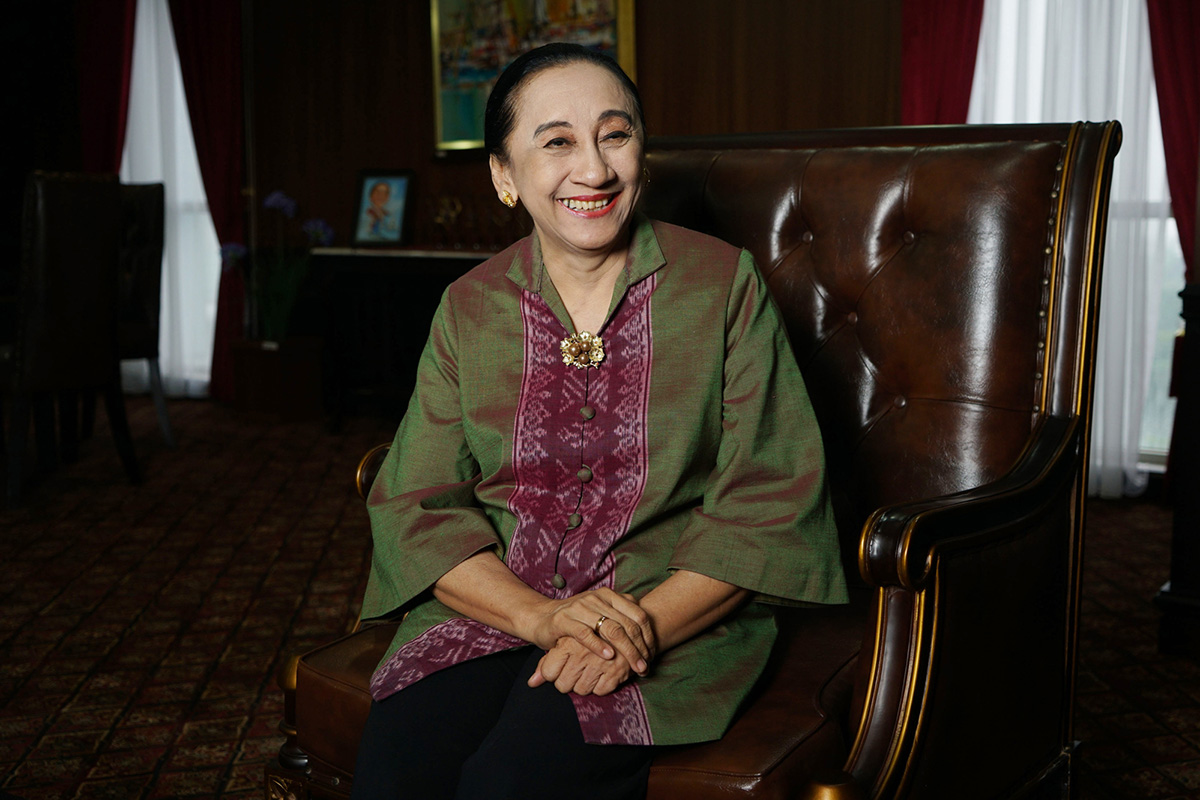
Maria Farida Indrati, a justice at the Constitutional Court of Indonesia, speaks during an interview in Jakarta, Indonesia, on Saturday, September 27, 2017. (Bloomberg/Dimas Ardian)
Myanmar’s woes continue
Reports of mass graves are being investigated by Myanmar’s army. The graves were found in a village in northern Rakhine state, a region where the UN has accused troops of committing atrocities against Rohingya Muslims.
The European Union (EU) has called for the release of two Reuters journalists who were nabbed under a colonial-era Official Secrets Act for allegedly possessing documents relating to security forces in Rakhine State.
Wa Lone, 31, and Kyaw Soe Oo, 27 had worked on Reuters' coverage of the Rohingya crisis in northern Rakhine, where a brutal military-led crackdown has pushed some 655,000 people from the Muslim minority to flee to Bangladesh.
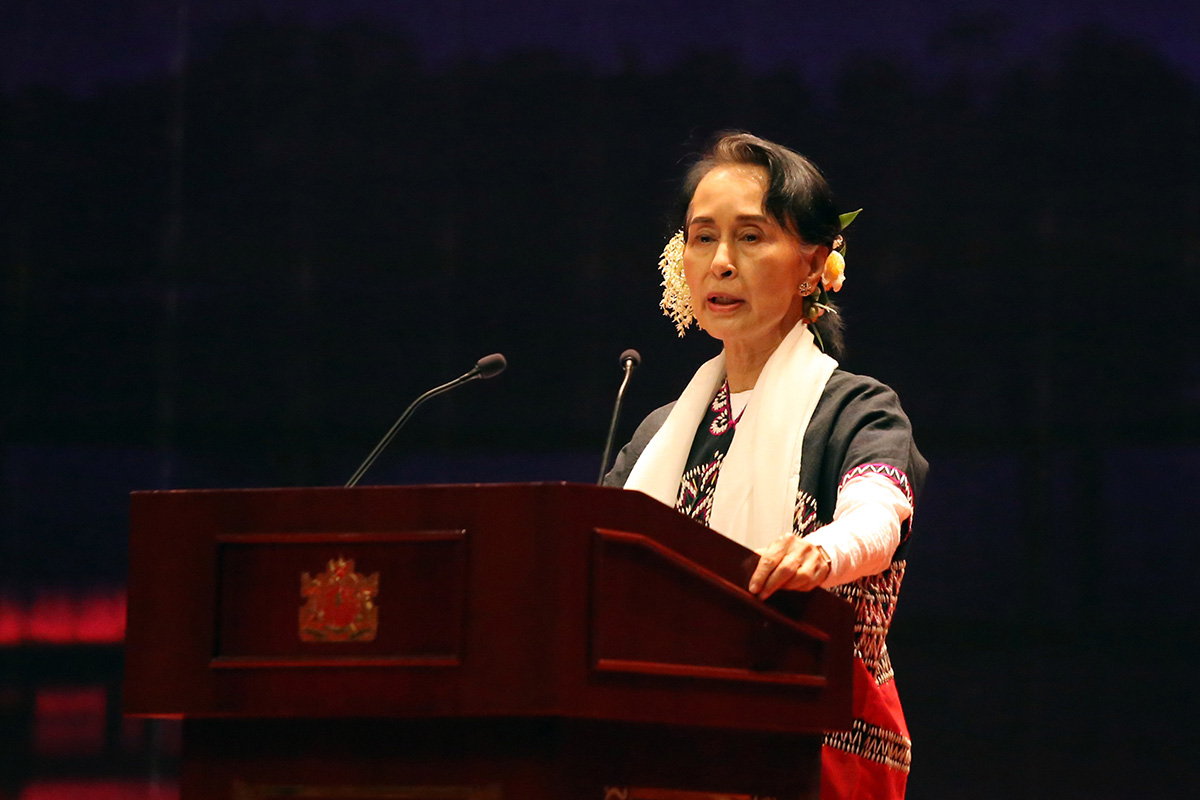
Myanmar's State Counselor Aung San Suu Kyi delivers her speech during a Karen New Year ceremony in Naypyidaw on December 18, 2017. (AFP Photo/Thet Aung)
Environmental worries in Indonesia
In collaboration with Mongabay, The ASEAN Post published a piece on fears caused by a massive hydroelectric power plant planned in the Aceh province in Indonesia.
The 428-megawatt (MW) dam will be 173.5 meters high, with a reservoir capacity of 697.4 million cubic meters. The plans also call for the flooding of 40 square kilometres of land in the Leuser Ecosystem, one of the world’s largest expanses of tropical rainforest and an ecological hotspot celebrated as the last place on Earth where orangutans, rhinos, tigers and elephants coexist in the wild.
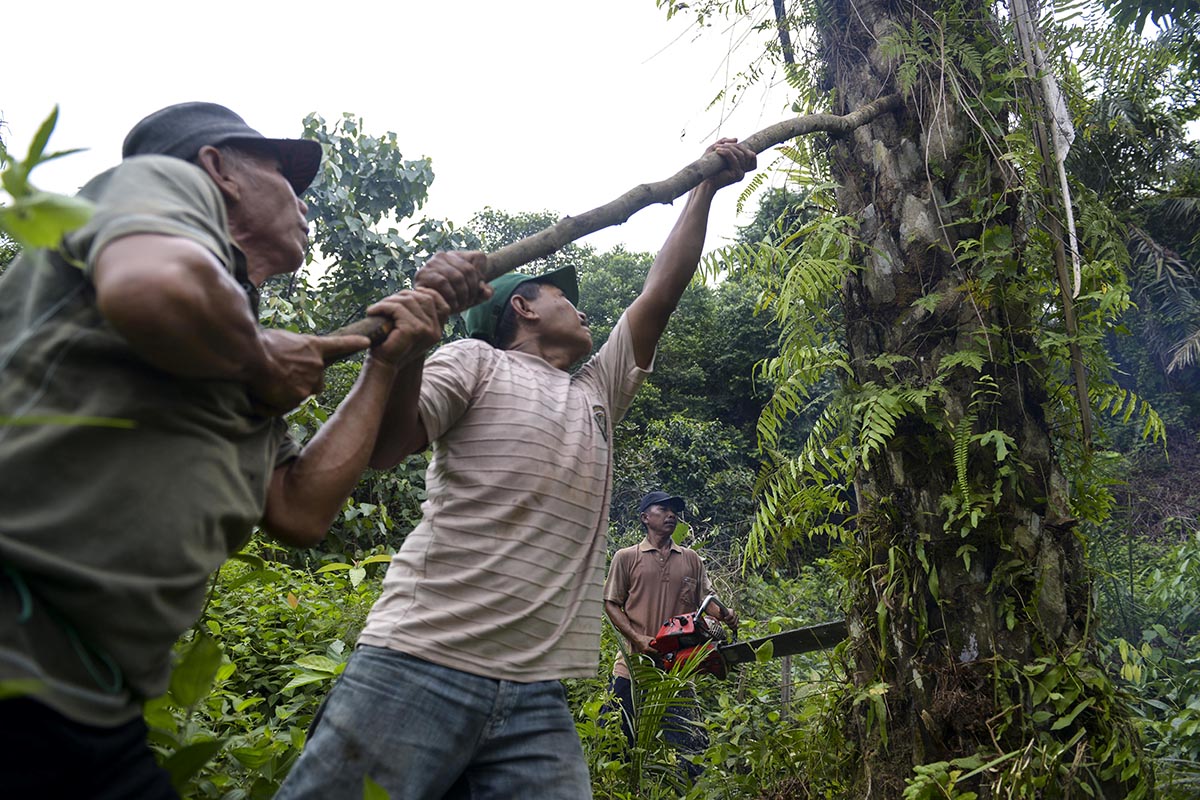
This photo taken on August 6, 2017 shows workers from the Leuser Conservation Forum or Forum Konservasi Leuser (FKL) cutting down illegally-planted oil palm trees in the Aceh Tamiang area of Aceh province. (AFP/Chaideer Mahyuddin)
It was also reported that Sunda pangolins (Manis javanica) in Indonesia are at risk of extinction because of an illicit trade that sees thousands of the critically endangered animals trafficked each year, a study showed Thursday.
Researchers found an equivalent of 35,632 pangolins had been seized in 111 enforcement cases over the six-year period from 2010 to 2015. Throughout the study period, the volume of pangolins and parts seized varied greatly, ranging from 2,436 to 10,857 pangolins per year.
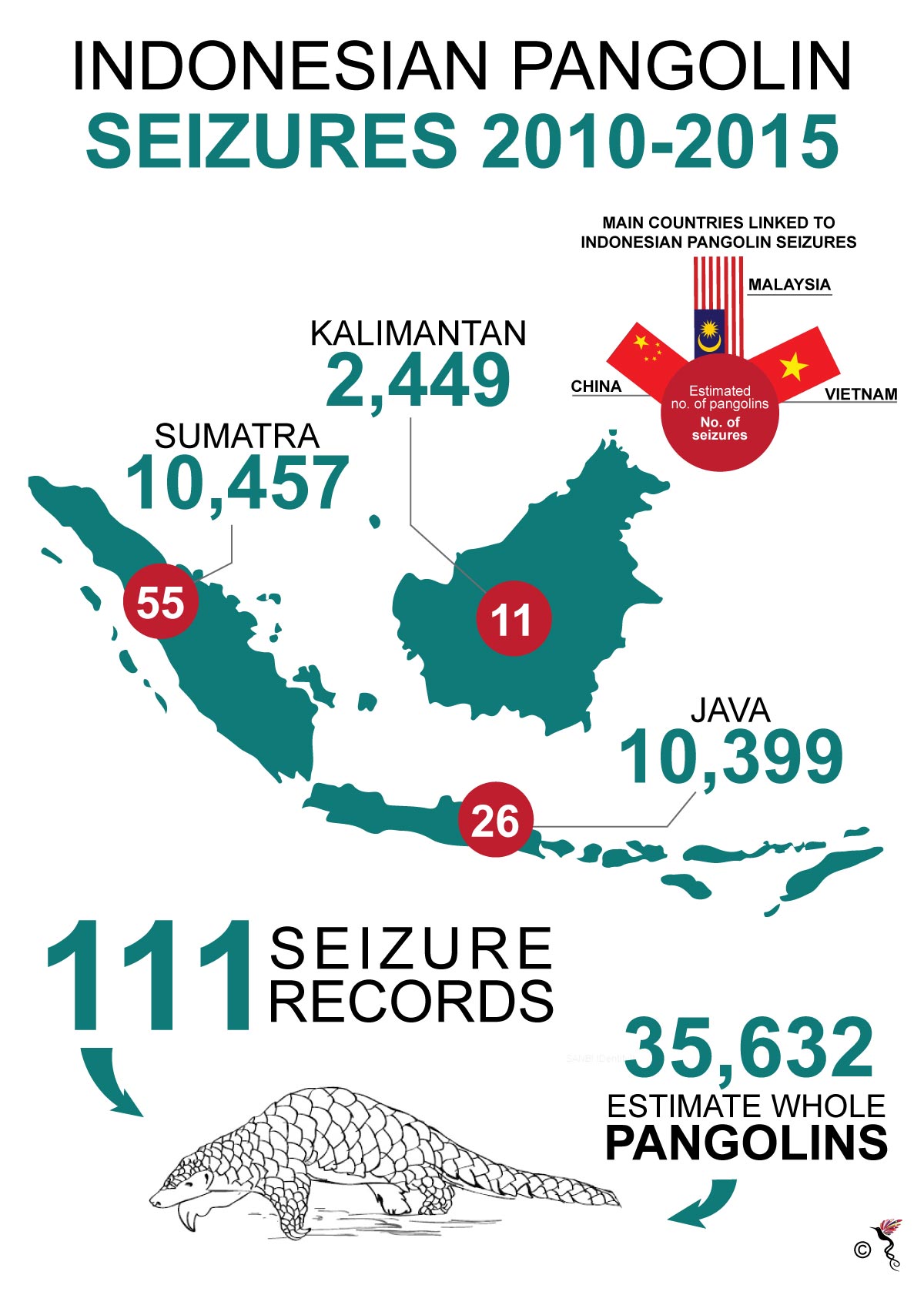
Source: SCALY NEXUS: Mapping Indonesian pangolin seizures (2010–2015).
Trouble in Manila
Investors rejoicing over the Philippine peso’s rally to a six-month high should beware: the currency is predicted to be Asia’s worst performer next year.
The peso will slide to 51 per dollar by end of 2018, a loss of 1.5 percent from current levels, according to the median estimate of a Bloomberg survey, with a most bearish projection of 56. The currency is likely to be undermined as the current-account deficit widens, while the central bank is slow to raise interest rates from a record low, strategists and fund managers say.
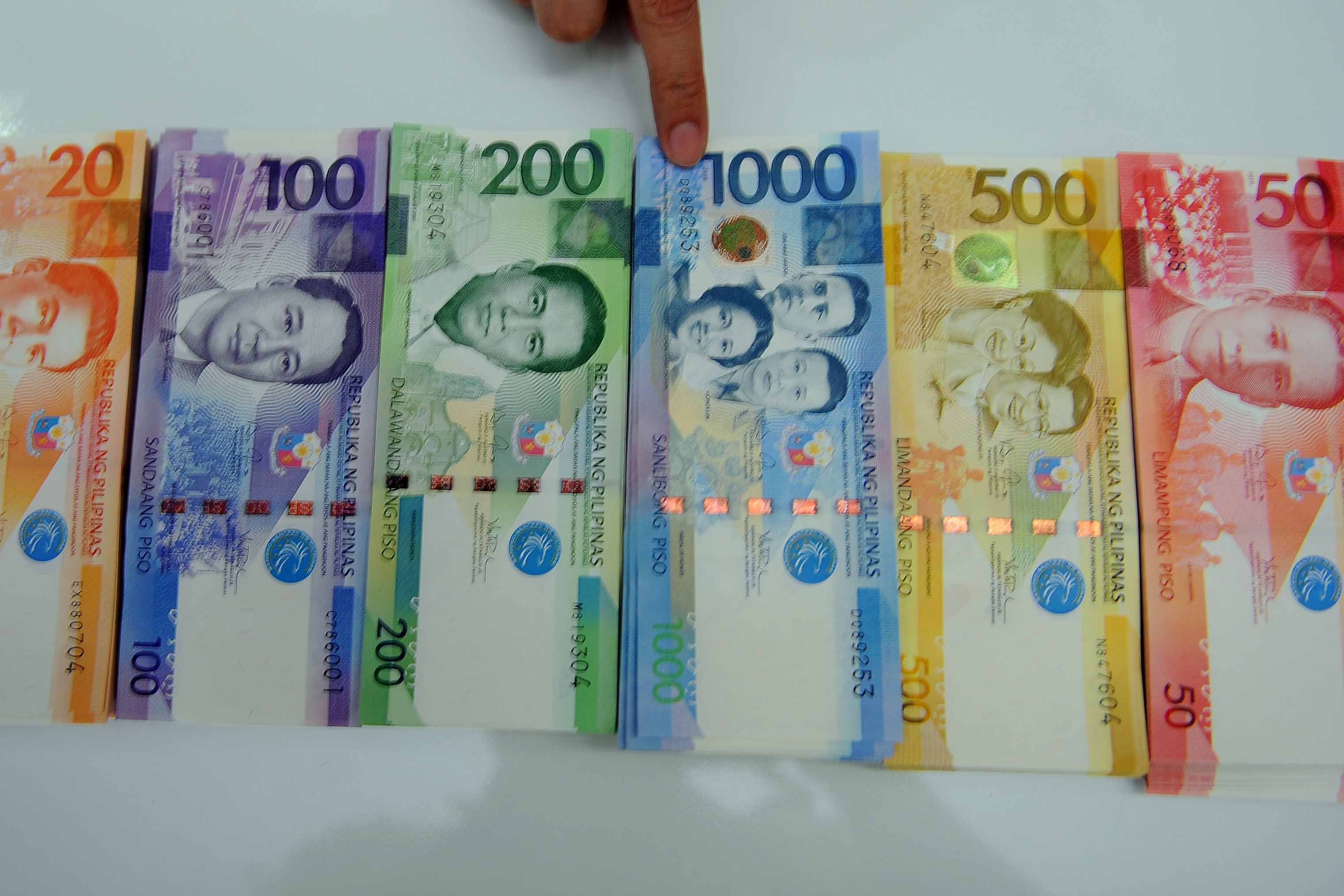
Various peso notes are displayed at a bank in Manila on December 16, 2011. (AFP/ Ted Aljibe)
The death toll from a tropical storm that pummelled the central Philippines continued to rise with hopes fading for dozens of others still missing after massive landslides.
Slow-moving Kai-Tak finally swept out to the South China Sea on Monday after inducing days of heavy rain that led to deadly floods and landslides as it sliced across the central islands last weekend.
A ferry tipped over between the remote island of Polillo and Real town, about 70 kilometres (45 miles) east of Manila, shortly before noon (0400 GMT) on Thursday, the coastguard said.
It said the ferry was carrying 251 passengers and crew when it left the port of Real for Polillo, a 2.5-hour trip.
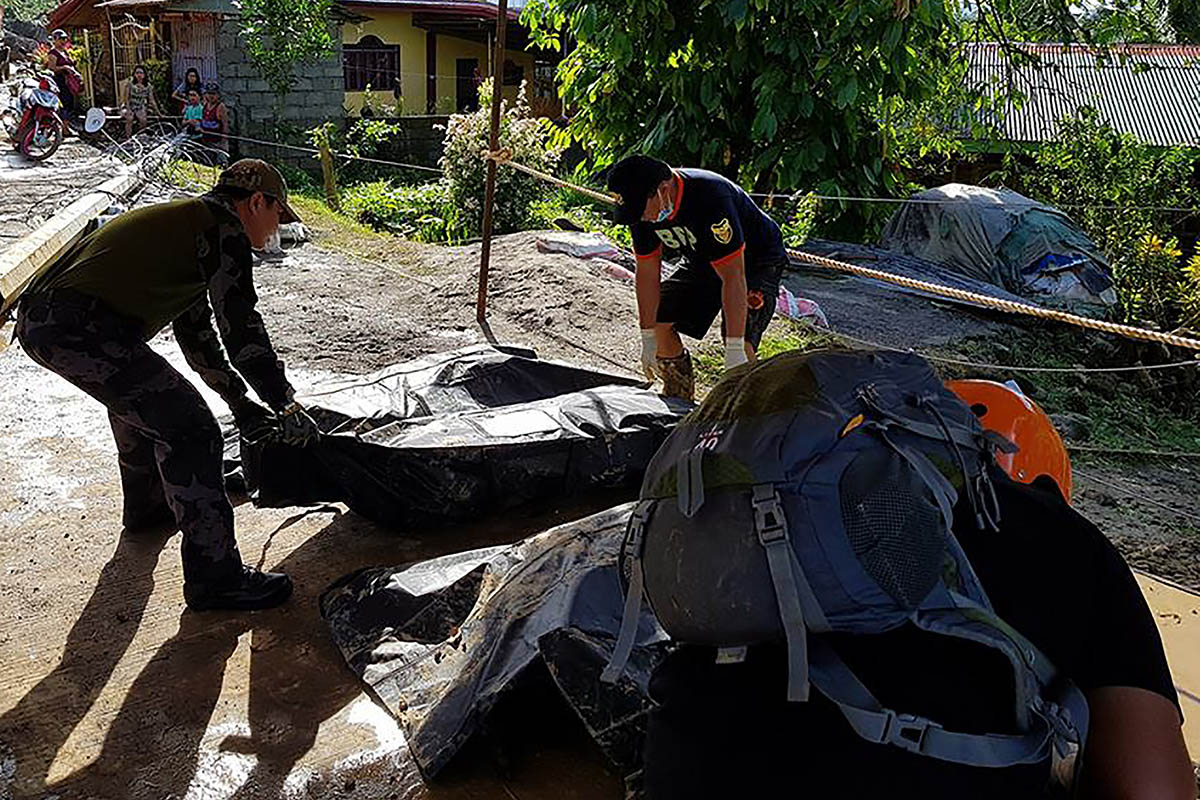
This handout photo released on December 18, 2017 by Philippine National Police Regional Office VIII (PNP-8) via their Facebook account shows rescuers carrying a body bag containing the body of a resident killed by a landslide following heavy rains triggered by Tropical Storm Kai-Tak in the town of Naval in the central Philippine province of Biliran. (AFP Photo/Philippine National Police Regional Office VIII)
Beijing continues assertion
China has continued its military buildup activities in the South China Sea. In a feature published by Asia Maritime Transparency Initiative (AMTI), Beijing engaged in “continued substantial construction activities” in the disputed region despite rival claims across the sea from Vietnam, the Philippines, Malaysia, Brunei and Taiwan.
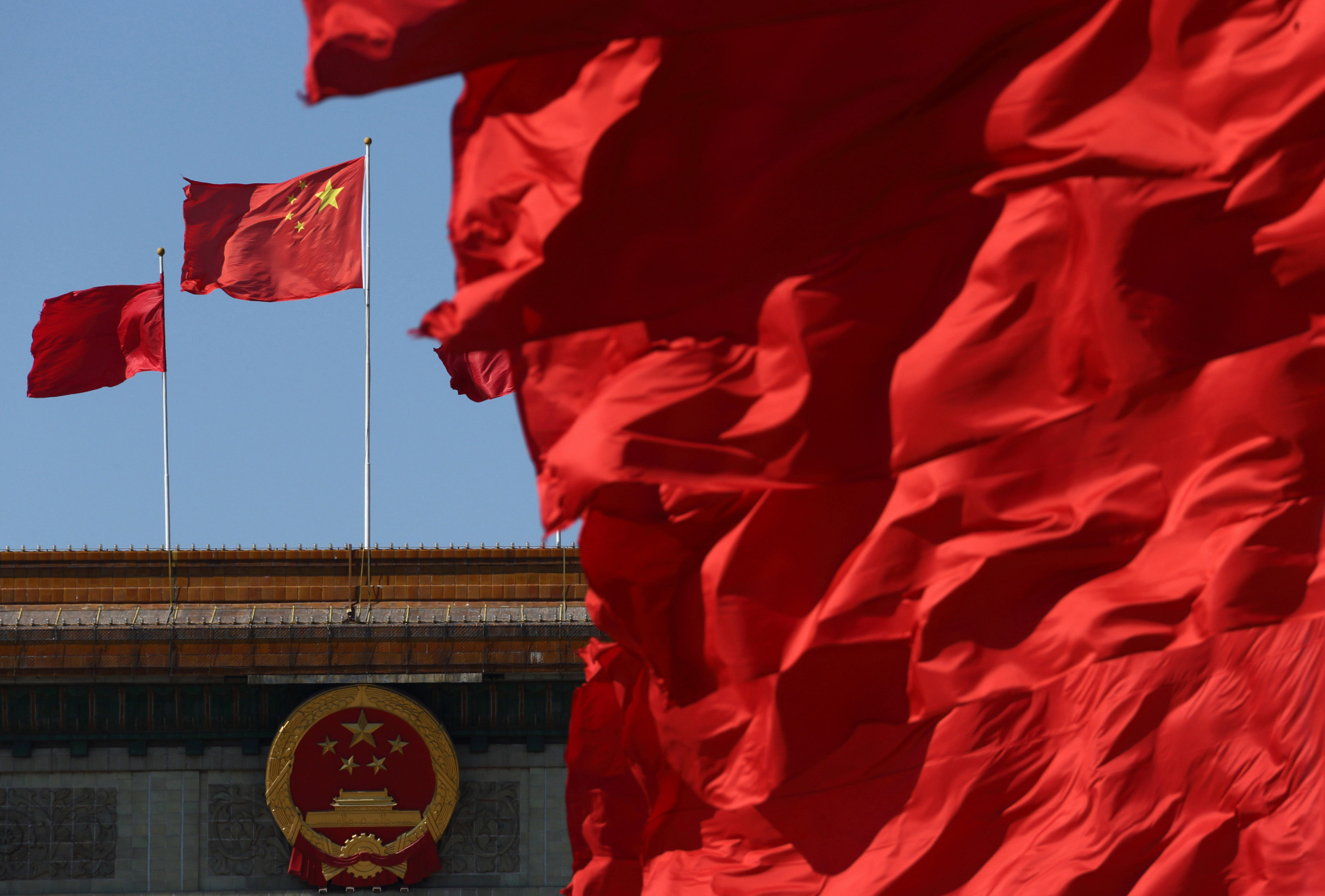
In this picture taken on March 3, 2015, red flags fly in front of the Chinese national flag, second left, outside the Great Hall of the People in Beijing, China. (Bloomberg/Tomohiro Ohsumi)
In collaboration with Project Syndicate, The ASEAN Post published an opinion piece on China’s debt-trap strategy with the Belt Road Initiative (BRI) written by Brahma Chellaney, Professor of Strategic Studies at the New Delhi-based Center for Policy Research and Fellow at the Robert Bosch Academy in Berlin.
Cambodia’s free-falling democracy
The ASEAN Post also did a comprehensive wrap-up on the subjugation of the media by Cambodian premier, Hun Sen. Besides the prolific Cambodia Daily case, the country recently shut down 330 supposedly "inactive" print media outlets, citing the need to prevent media passes issued to them from being misused.
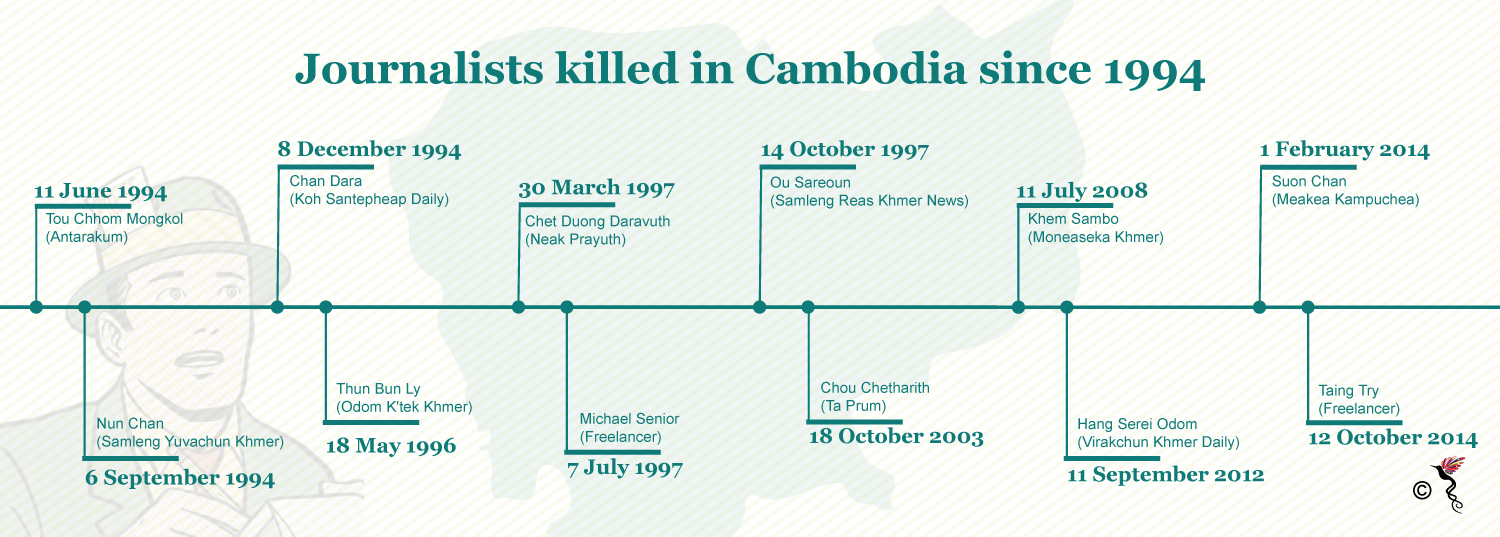
Timeline of journalists killed in Cambodia from 1994 to 2014, as compiled by the Committee to Protect Journalists.
Recommended stories:
